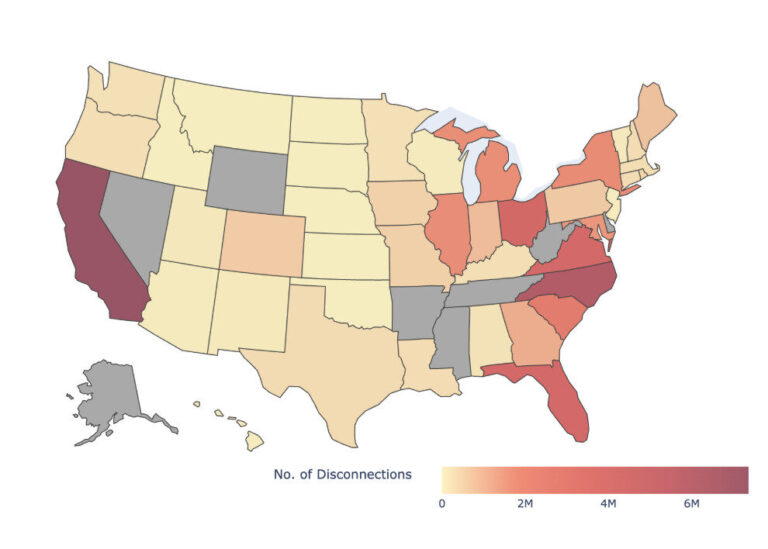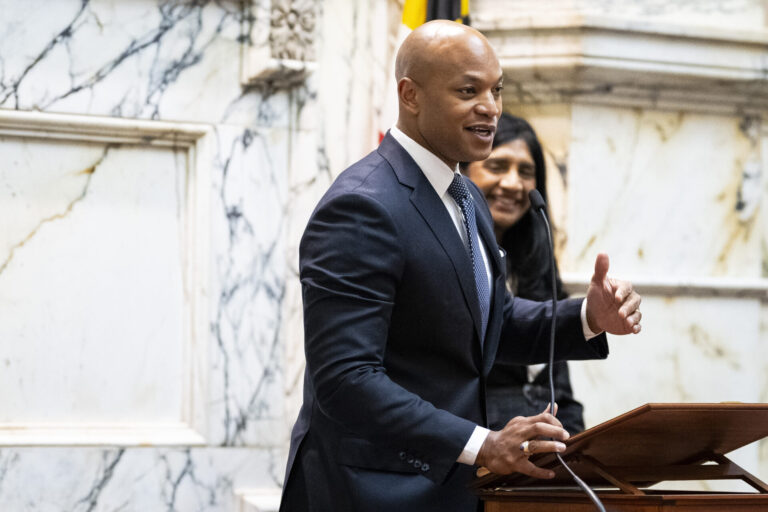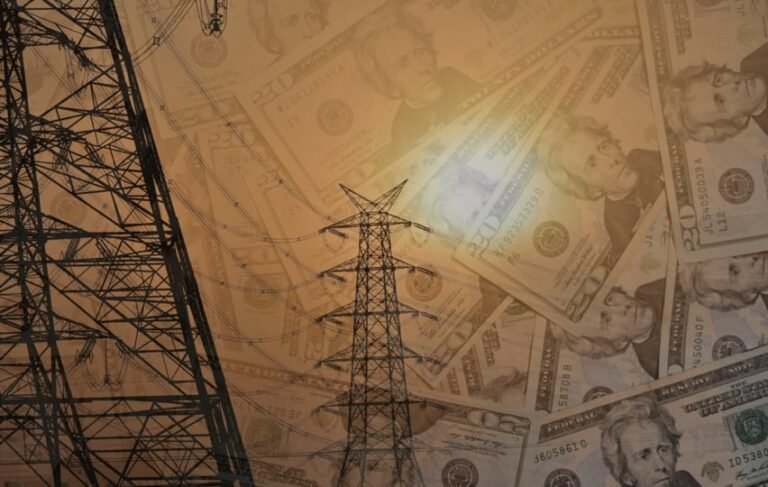Tom Fanning defends Southern Company’s low- to no-carbon goal in misleading interview

Southern Company CEO Tom Fanning defended his company’s carbon reduction goals in an interview filled with evasive, misleading, and inaccurate statements about the company’s “low- to no-carbon” emissions goal and its construction performance at its embattled Plant Vogtle nuclear project. Fanning gave the interview to Atlanta’s WABE radio station after the company’s May 22 annual meeting.
Southern Company has faced questions in recent months from state regulators and shareholders about whether the company’s vague “low- to no-carbon” emissions goal is actually influencing its investments. WABE’s Emma Hurt asked Fanning how the company could achieve that goal, which has a deadline of 2050, when its subsidiaries like Georgia Power have made clear that they are not factoring that goal into their resource planning. Fanning dismissed those concerns: “What people pick out are excerpts from pieces of testimony or statements by people.”
The Energy and Policy Institute previously reported Georgia Power’s inconsistencies with its parent company’s carbon goal. When asked by the Georgia PSC staff how Southern Company’s goals affected Georgia Power’s long-term investment planning (or “integrated resource planning”), the utility responded that the goals “did not influence the target amount of renewables proposed.”
Southern Company listed integrated resource planning as a tool it would use to plan emissions reductions in a report explaining its climate goals to shareholders.
The inconsistency is not limited to the Georgia Power subsidiary.
In a December 2018 meeting at the Alabama Public Service Commission, Alabama Power said that it was not responsible for Southern Company’s goal either. Keith Johnston of the Southern Environmental Law Center asked, “Southern Company has said they’re seeking 50% reduction of CO2 by 2030. And, then, by 2050, low or no carbon. Is that correct? […] How is that being incorporated by Alabama Power?” An Alabama Power representative responded, “Well, we’re—We don’t have a share of that, per se. That is a Southern company enterprise-wide goal.”
Alabama Power is responsible for 38% of Southern Company’s direct carbon emissions, and Georgia Power is responsible for 30%, according to the company’s filings to the environmental disclosure system CDP.
The comments by Georgia Power and Alabama Power raise questions about how truthful Fanning and Southern Company have been when they have touted Southern’s “low- to no-carbon” goal to investors. The goal appeared prominently on the first page of Southern’s 2019 proxy statement, even before Fanning’s letter to stockholders.
Other misrepresentations on distributed generation, Vogtle
Southern Company also remained a member of the Utility Air Regulatory Group (UARG) until the group’s recent demise, even as other utilities fled. UARG was an unincorporated group of utilities that worked to undermine Clean Air Act regulations and public health standards, primarily for the preservation of coal.
When asked by WABE’s Hurt about moving from central generation power plants to distributed generation, Fanning said, “We’re seeing it every day … I know that is very threatening to some in my industry … What we’ve got to do is lean in and invent that future.”
Rather than lean in, Southern Company actively blocks distributed generation. Alabama Power levies the most punitive tax in the country for grid-connected solar at $5 per kilowatt (kW) per month. In response to a challenge by a clean air organization, GASP, at the Alabama Public Service Commission, Alabama Power proposed an even higher tax at $5.42/kW per month. The Michigan Public Service Commission recently rejected a similar proposal as “unreasonable.”
Hurt inquired how Plant Vogtle, a project to build two new nuclear reactors in Georgia, could still be viable given its tens of billions of dollars in cost overruns. Fanning responded, “Easy. Because other people are paying those costs. Not customers.” He adds that one source of money from “other people” was the U.S. Department of Energy (DOE) loan guarantee. “We got support by the federal government.”
Georgia Power customers are also federal taxpayers, and Fanning failed to mention that Southern Company’s customers will have to repay the U.S. Department of Energy for its $12 billion loan.
Fanning rounded out the Vogtle inaccuracies by claiming, “We believe right now we are going to come in under cost to customers.” In reality, Plant Vogtle’s budget is now more than $27 billion, $13 billion more than the original budget.
Hurt challenged Fanning on Vogtle’s cost, asking if the NCCR (nuclear construction cost recovery) tariff was part of his calculation regarding the plant’s cost to consumers. The Southern-backed bill allowing NCCR passed in 2008 and effectively shifted Vogtle’s construction risk onto Georgia Power customers rather than Southern Company shareholders.
“It’s a little bit of jargon,” Fanning said, adding that Georgia Power never could have pursued the Vogtle project without the policy that insulated its investors from any risk. “Were we not to do that, we would have an enormous credit pressure, we would have so much debt that the credit rating agencies would devalue Georgia Power and actually hurt the company broadly. We would not have gone forward unless we had that.”
Aside from the WABE interview, a shareholder also challenged whether Alabama Power’s lack of transparency might be bad for both customers and shareholders. During the question and answer portion of the annual meeting, shareholder Joyce Lanning asked Fanning about the fact that Alabama Power had not held a rate case since 1982, and was not subject to outside scrutiny in its long-term planning, unlike in every other state with similar processes.
Fanning suggested that the ends of Alabama Power’s high returns justified those means. “At the end of the day, what I look at is best results. Look at the results of Alabama Power. […] But it’s a process that at the end of the day works.”
Alabama Power is one of the most profitable utilities in the country, consistently earning 13% or higher return on equity. Alabama is the sixth poorest state in the country and 17.2% of its residents live below the federal poverty line, according to the non-profit organization Alabama Possible.
Photo source: YouTube



